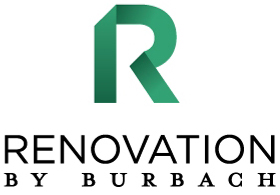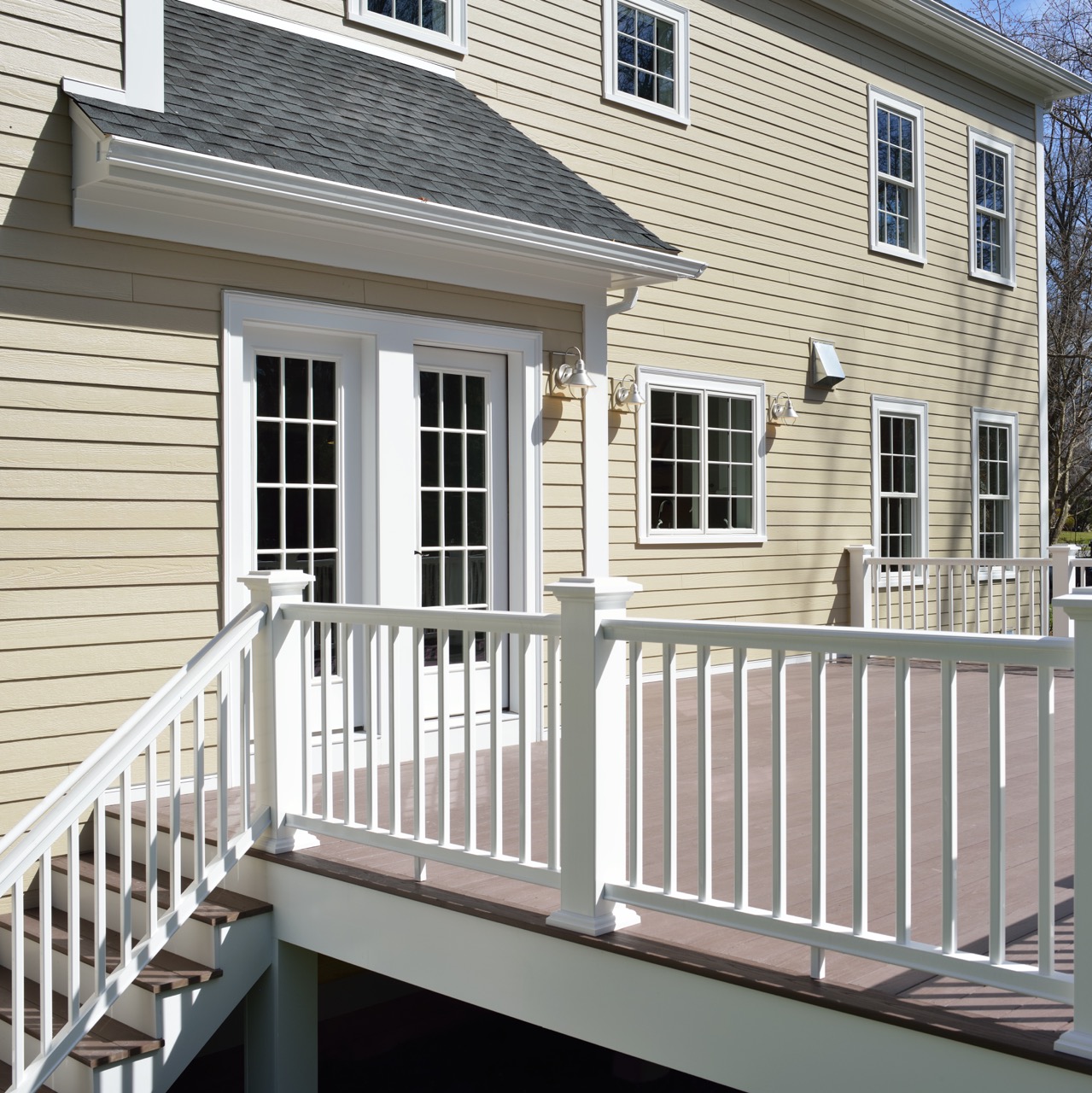James Hardie vs Vinyl Siding
Are you thinking about giving your home’s exterior a new look and finding yourself trying to decide between James Hardie siding or vinyl siding? Both of these synthetic materials can provide an upgrade to the look of your house, but each has different advantages and drawbacks that you should consider before making a decision.
An Overview of James Hardie Siding
Cement-based, durable, low maintenance
James Hardie siding, also known as Hardie Board siding, is a popular choice for homeowners looking for durable and low-maintenance materials. Made of cement and cellulose fibers, it offers longevity, resistance to moisture, and high resilience against harsh weather conditions.
Hardie Board siding is pre-painted with ColorPlus technology and comes with a 15-year warranty that covers any labor required to restore color. The fiber cement board itself usually comes with a 30-year warranty so you’re protected against damage for decades.
Although James Hardie siding may be a bit pricier than other siding options initially, it offers long-term value and can increase the resale value of your home.
Advantages of James Hardie Siding
- Easy to clean with a garden hose
- Long-lasting
- Low maintenance
- Variety of colors and textures
Disadvantages of James Hardie Siding
- High initial cost compared to other materials
- Siding installation should be done by professionals
- Moisture-resistant but not impervious to water damage
An Overview of Vinyl Siding
Affordable, customizable, low maintenance
Vinyl siding doesn’t require a lot of maintenance, and it comes in a variety of colors, making it easy to find the perfect fit for your home’s style. Vinyl siding is known for being easy to install and often comes with a 25-year warranty. Not only does it protect your home from moisture damage, but it also adds curb appeal, making your home more attractive to potential buyers. Whether you’re considering a home renovation or building a new home, vinyl siding is a valuable option to consider.
Advantages of Vinyl Siding
- Customizable colors
- Easy to clean with a garden hose
- Easy to repair
- Long-lasting
Disadvantages of Vinyl Siding
- Can fade and need to be replaced or repainted over time
- Less eco-friendly than other products
- Prone to cracks or chips
- Cannot mimic other materials as easily as Hardie Board
Pros and Cons of James Hardie and Vinyl Siding
Initial costs vs maintenance costs, customization, climate needs
Fiber cement and vinyl siding are two popular options that offer durable and low-maintenance exterior solutions. But which one is best for your renovation or new-build? Consider some of the pros and cons of each material below.
Cost
Vinyl siding tends to be less expensive than fiber cement up front, but it may be more prone to damage and cost more in repairs long term. If you want to save over time, investing in Hardie Board is a good choice.
Customizing Options
Both types of siding offer lots of variety when it comes to color, but Hardie Board takes the cake when it comes to mimicking the look of other materials. For example, if you want siding that looks like wood siding, but has the longevity of inorganic material, Hardie Board is the best choice.
If your main concern is picking the right color, either fiber cement board or vinyl siding makes a great choice as they both come in a vast array of hues.
Durability
Depending on the weather conditions where you live, you may need to pick one type of siding over the other to withstand extreme heat, cold, or fluctuations in temperature. Vinyl siding can become brittle after extended exposure to harsh weather conditions, whereas James Hardie siding does not.
Hardie Board is a bit tougher than vinyl and can stand up to not just the weather, but backyard ball games and the occasional errant pebble.
Insulation
Neither vinyl nor Hardie Board on its own offers much by way of insulation, but vinyl can be backed with additional insulation materials to give it the edge over Hardie Board.
Maintenance
Cement board siding and vinyl siding are both relatively low maintenance, requiring little effort to keep them clean and in good condition for years to come. However, vinyl siding is more vulnerable to extreme heat, which many homeowners learn the hard way by placing the backyard grill too close to the exterior of their homes. Vinyl can crack, melt, or fade over the years.
While Hardie Board might outlast vinyl siding in regard to weather, it does still require proactive effort to keep it looking pristine. Its recommended maintenance includes recaulking and repainting every 5 – 10 years as protection against the elements.
Sustainability
Vinyl, being a plastic-based material, is less eco-friendly to produce than James Hardie siding. Although Hardie Board is made of more sustainable materials, as a heavier product it does require more resources during the transportation process. So, if you’re concerned about environmental impact, it’s basically a toss-up when it comes to choosing between the two.
Your decision ultimately comes down to personal preference, budget, and the level of maintenance desired. Consulting the professionals at Burbach Exteriors can help you select the perfect exterior material for your renovation or new build.


